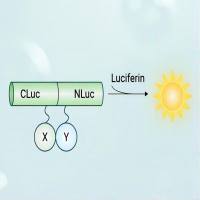Over the last 20 years, neuroscientists have become increasingly interested in two-photon microscopy. One of the reasons for this interest is that two-photon fluorescence excitation allows counterbalancing the deterioration of the optical signals due to light scattering, and this opens the door for high-resolution imaging at considerable depth in living tissue. Due to progress in fluorescent marking techniques, to date, two-photon microscopy allows the functional exploration of neuronal activity at multiple scales, from the subprocesses of a single cell (dendrites, single spines, etc.), through single cells or small networks of a few neurons, up to large neuronal populations in the order of a cortical column. Here, we provide some information on the practical aspects of two-photon microscopy applied to imaging neurons in living tissue. We first discuss the advantages, shortcomings, and possible developments of the technique. We provide some practical considerations on the choice of the microscope itself, as well as on its principal elements. Because of recent progress in tackling high-speed imaging of 3D objects, we devote particular attention to the discussion of z -axis scanning techniques. Next, we illustrate some common applications, such as calcium imaging of neuronal activity, in vitro and in vivo. We also briefly illustrate how two-photon microscopy can be used for the imaging of erythrocyte flow in individual capillaries. Some practical considerations on specific protocols are provided in the form of self-consistent text boxes.






